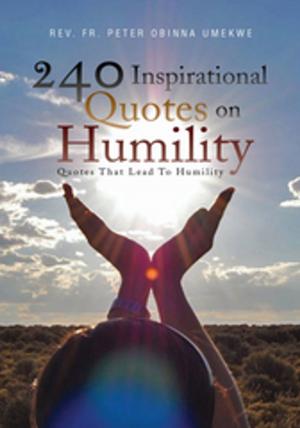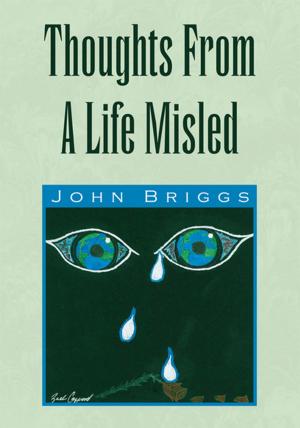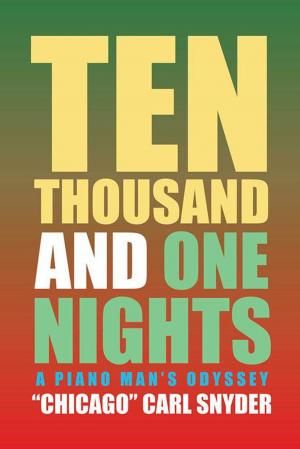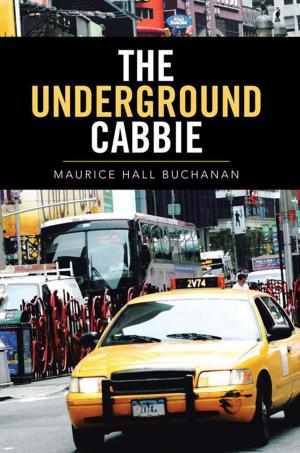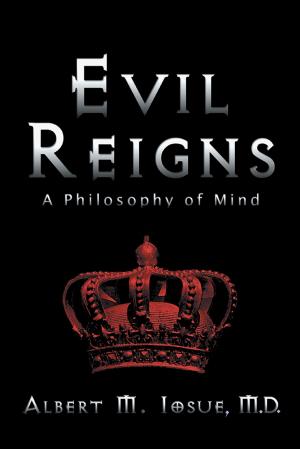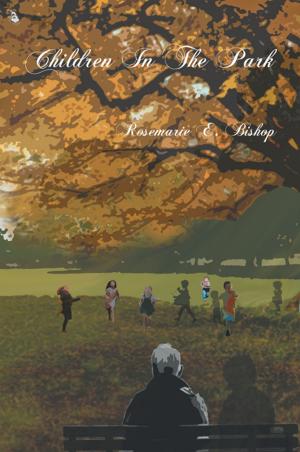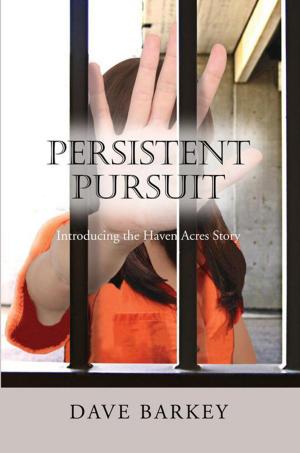| Author: | Seymour Siegel | ISBN: | 9781462828821 |
| Publisher: | Xlibris US | Publication: | August 14, 2000 |
| Imprint: | Xlibris US | Language: | English |
| Author: | Seymour Siegel |
| ISBN: | 9781462828821 |
| Publisher: | Xlibris US |
| Publication: | August 14, 2000 |
| Imprint: | Xlibris US |
| Language: | English |
An Orphan in New York City is about survival. During the Great Depression families who suffered loss of income, loss of health, and loss of life sought frantically for ways to survive. Social Security, Housing and Urban Development, Public Assistance, and Public Health programs available today were limited or non-existent back then. All extended family members helped out as much as they could. When this was not enough, the only choice was to break up the family. Benevolent Jews had established orphanages to care for children left homeless or in poverty. The largest of these orphanages was the Hebrew Orphan Asylum, better known as the HOA or The Home, located between 136th to 138th Streets on Amsterdam Avenue across from the Lewisohn Stadium of the City College of New York City. From 1929 to 1939 the HOA housed more than one thousand boys and girls at a time.
The Hebrew Orphan Asylum was referred to as a city within a city as it was basically self-contained. Not only where there the essentials of residential life-- dormitories, a kitchen, a dining room, an infirmary, a dental clinic, and a laundry--but also a public school 192, a synagogue, and a religious school. Then too there were a bakery, a shoe shop, a tailor shop, a barber shop, a clothing store, a candy store, a woodworking room, a sewing room, a photography studio and darkroom, a boys scout room, a band room, a choir room, athletic fields and playgrounds. There was a Reception House, the Main Building, the Warner Brothers Gymnasium (state of the art at that time), and buildings for boilers for heating. It had its own transportation system and a fire engine. There were military bands and drill squads, fraternities and sororities, as well as baseball, basketball, and football teams that competed with other orphanages and the junior varsity at City College.
Orphans, half orphans, and children from broken families began their shared institutional lives at the Reception House where they were isolated for two weeks to assure they did not bring any contagious disease or illness into the institution. The author was one of those with a family destroyed by alcoholism and poverty who had to leave his family at the age of nine and begin an orphan's life. He writes: "Having seen, from my top-floor perch in the Reception House, children who were playing on the huge field below, and having listened to the marching band and watched the military drills, I was looking forward to moving to the Main Building. But when I finally got there I felt lost in the labyrinth of hallways and doorways, and among the masses of children who were coming and going. Outside, in the courtyard, were more than 100 children talking, shouting and playing together. One of my first memories there is of hearing a short rotund man suddenly shout above that babble of voices: "All Steeeeeeeeeel!" All Still. What that meant only became clear when, as I watched, most of the children froze in their places and stopped talking. One child did not freeze. The man with the powerful voice strode over to him and slapped him so hard across the face that the child fell down.In the years that I would be in the orphanage, that and similar examples made me obey the "All Still!" and always appear to be following commands, rules, and regulations, even when I wasn't obeying. What I witnessed there, day after day, also reinforced my hopeless and helpless feeling that there were immense forces beyond my control: my father's rage, my separation, my placement in an institutional environment, and the subsequent abuse in that environment. I wept within myself, and there was no adult at the institution to comfort me, not the first day nor the last."
For his own healing, Dr. Siegel has written a book about his decade during the depression years in the Hebrew Orphan Asylum
An Orphan in New York City is about survival. During the Great Depression families who suffered loss of income, loss of health, and loss of life sought frantically for ways to survive. Social Security, Housing and Urban Development, Public Assistance, and Public Health programs available today were limited or non-existent back then. All extended family members helped out as much as they could. When this was not enough, the only choice was to break up the family. Benevolent Jews had established orphanages to care for children left homeless or in poverty. The largest of these orphanages was the Hebrew Orphan Asylum, better known as the HOA or The Home, located between 136th to 138th Streets on Amsterdam Avenue across from the Lewisohn Stadium of the City College of New York City. From 1929 to 1939 the HOA housed more than one thousand boys and girls at a time.
The Hebrew Orphan Asylum was referred to as a city within a city as it was basically self-contained. Not only where there the essentials of residential life-- dormitories, a kitchen, a dining room, an infirmary, a dental clinic, and a laundry--but also a public school 192, a synagogue, and a religious school. Then too there were a bakery, a shoe shop, a tailor shop, a barber shop, a clothing store, a candy store, a woodworking room, a sewing room, a photography studio and darkroom, a boys scout room, a band room, a choir room, athletic fields and playgrounds. There was a Reception House, the Main Building, the Warner Brothers Gymnasium (state of the art at that time), and buildings for boilers for heating. It had its own transportation system and a fire engine. There were military bands and drill squads, fraternities and sororities, as well as baseball, basketball, and football teams that competed with other orphanages and the junior varsity at City College.
Orphans, half orphans, and children from broken families began their shared institutional lives at the Reception House where they were isolated for two weeks to assure they did not bring any contagious disease or illness into the institution. The author was one of those with a family destroyed by alcoholism and poverty who had to leave his family at the age of nine and begin an orphan's life. He writes: "Having seen, from my top-floor perch in the Reception House, children who were playing on the huge field below, and having listened to the marching band and watched the military drills, I was looking forward to moving to the Main Building. But when I finally got there I felt lost in the labyrinth of hallways and doorways, and among the masses of children who were coming and going. Outside, in the courtyard, were more than 100 children talking, shouting and playing together. One of my first memories there is of hearing a short rotund man suddenly shout above that babble of voices: "All Steeeeeeeeeel!" All Still. What that meant only became clear when, as I watched, most of the children froze in their places and stopped talking. One child did not freeze. The man with the powerful voice strode over to him and slapped him so hard across the face that the child fell down.In the years that I would be in the orphanage, that and similar examples made me obey the "All Still!" and always appear to be following commands, rules, and regulations, even when I wasn't obeying. What I witnessed there, day after day, also reinforced my hopeless and helpless feeling that there were immense forces beyond my control: my father's rage, my separation, my placement in an institutional environment, and the subsequent abuse in that environment. I wept within myself, and there was no adult at the institution to comfort me, not the first day nor the last."
For his own healing, Dr. Siegel has written a book about his decade during the depression years in the Hebrew Orphan Asylum



